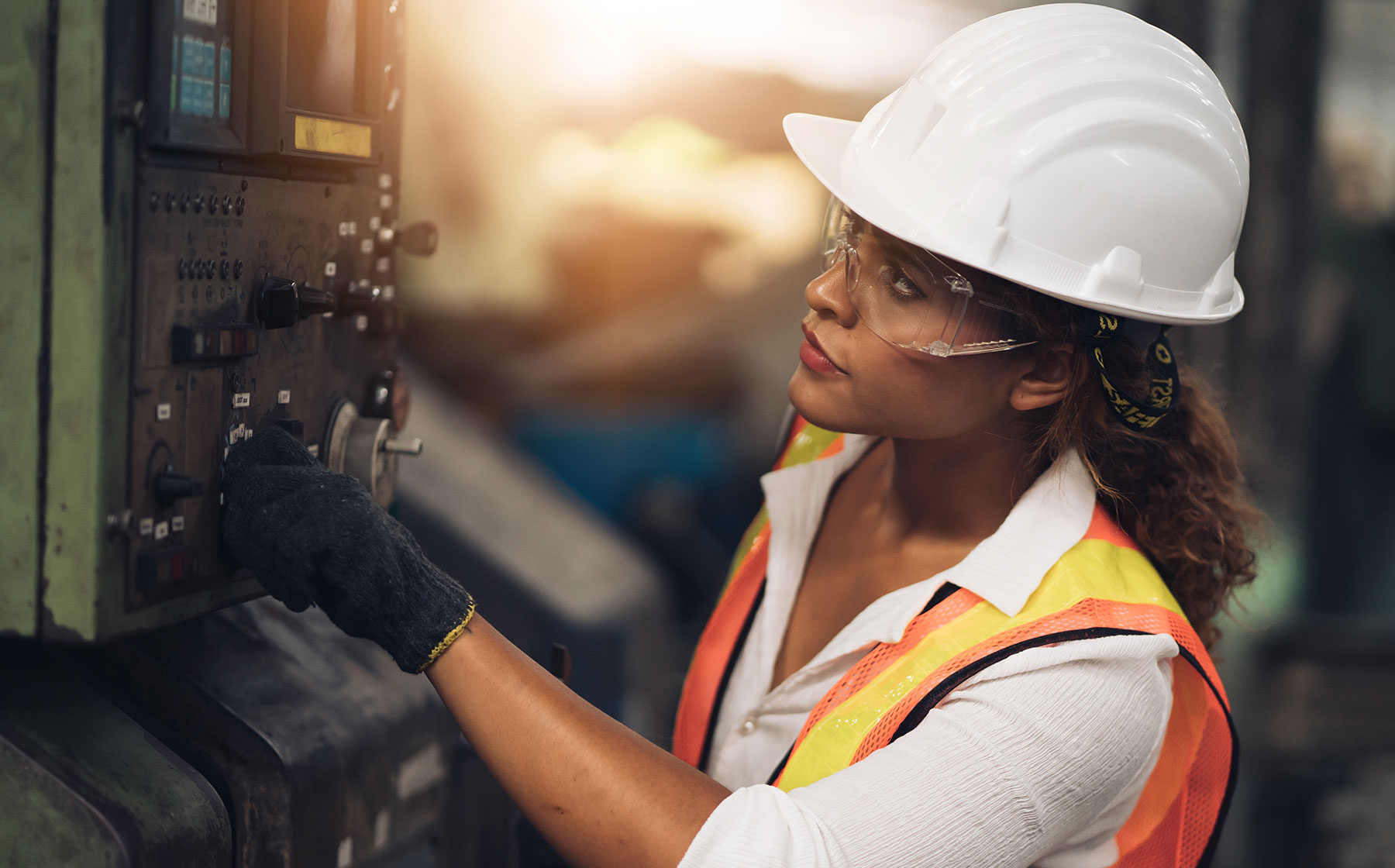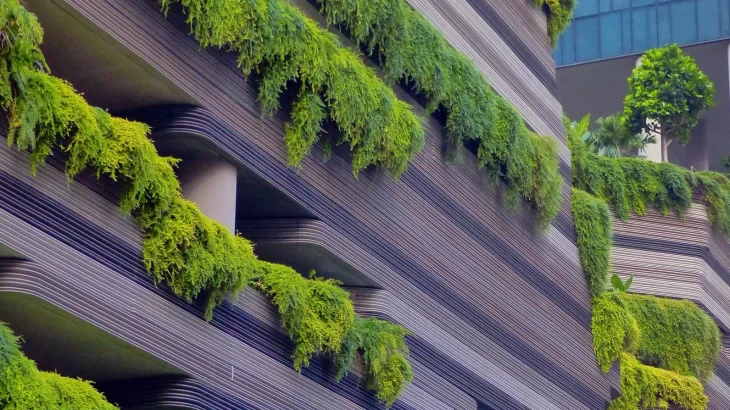Slim margins, lack of visibility across the supply chain, need for resilience (also against climate change) and shortage of skilled labor are some of the biggest problems faced by the construction industry. In addition, the industry is believed to be very slow to adopt new technology. And, much like everything else, the construction sector has been severely affected by COVID-19. The industry was not affected by the coronavirus itself, but by the economic crisis, which apparently, has not yet ended. The consequences of the pandemic have affected the period 2020-2022 and some have predicted that the beginning of 2023 may also suffer.
In general, the construction industry is considered one of the most fragmented industries since it works according to a system of pre-orders and due to the COVID-19 pandemic, many orders were lost and sometimes even the implementation was suspended due to the bankruptcy of material producers as well as customers. This somehow reminded me of the period 2008-2009 –the construction market in some countries was never able to fully recover from the Great Recession of 2008.
With global supply chains disrupted, the procurement of building materials remains a challenge. Nevertheless, according to some experts, 2023 can prove to be an era of significant positive evolution for the construction industry.
So, let’s take a look at the new trends that could be reshaping the construction sector.
Biophilic Design
 Biophilic design is a design theory that says that we should derive design inspiration from natural forms and phenomena. It’s basically about bringing a building and the landscape together, sometimes using several acres of glass. It doesn’t really have anything that is measurable; it’s more aspirational and inspirational.
Biophilic design is a design theory that says that we should derive design inspiration from natural forms and phenomena. It’s basically about bringing a building and the landscape together, sometimes using several acres of glass. It doesn’t really have anything that is measurable; it’s more aspirational and inspirational.
Biophilic design has actually been going on for a long time. For instance, Frank Lloyd Wright’s “lilypad” columns for his buildings were clearly based on floral structures and the ribbing of early churches was patterned after similar structures in nature. The Japanese, for example, are also great at connecting or incorporating nature within the fabric of the design of buildings.
There is also a big trend towards this design – particularly in office design – as companies are trying to incorporate wellness factors into their buildings’ designs.
Some common features of the biophilic design include vertical garden walls, indoor plants, aromatherapy sound, indoor gardens, access to open space, smart lighting systems, green cleaning policies and access to views of nature.
According to researchers, biophilic design can provide the following benefits:
- It can transform any space into a harmonious collection of natural elements.
- It can boost mood and improve well-being.
- It can reduce stress levels and increase productivity.
- It is believed to boost the level of creativity and imagination in a person.
- It can reduce pollution and provide cleaner air.
More Women in Construction
 If everyone gets the same training and has to pass the same safety tests and all, what would gender matter?
If everyone gets the same training and has to pass the same safety tests and all, what would gender matter?
The construction industry may consist of a 24/7 working culture and an unhygienic environment, but that doesn’t mean it should exclude women.
The construction industry had gone through a great deal of change when it started supporting women in leadership positions. And, according to experts, female leaders play a critical role in eliminating the challenges men used to face in construction. Studies, for example, show that more than 30-40 % of new entrants into the construction industry that comes from higher education are women.
Honestly speaking, there is no quick fix to the labor shortage. However, the best way to face this challenge and make up for it is by relying more on women workers. In fact, many experts have expressed their beliefs on how women can help fill the employment-related gaps in the construction industry.



















